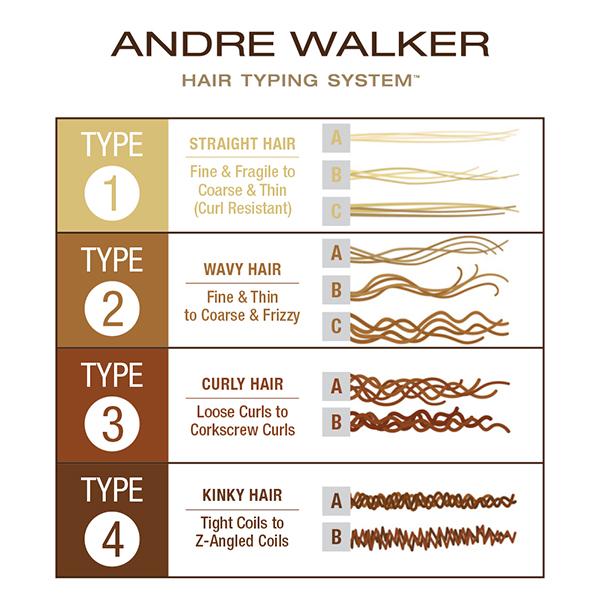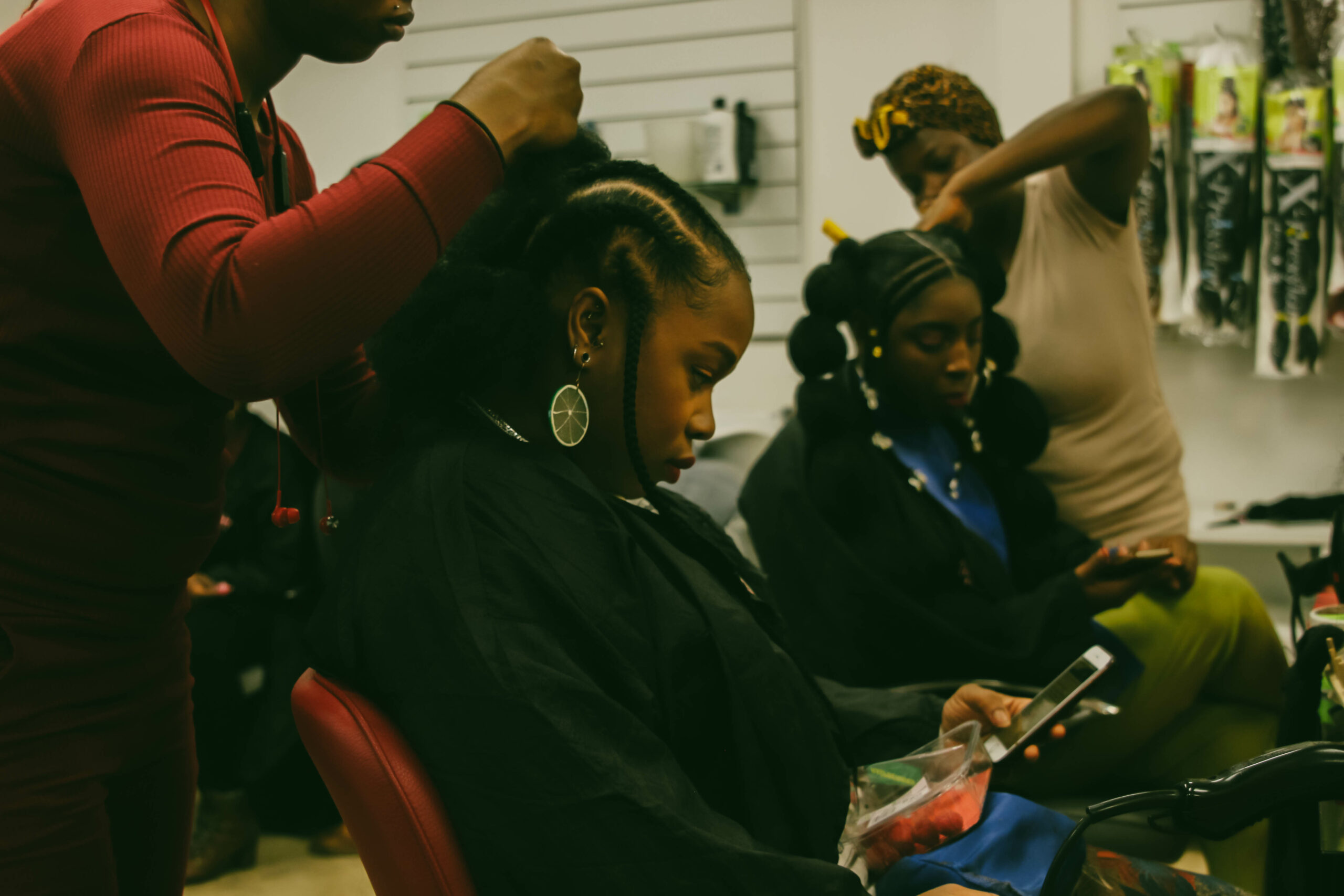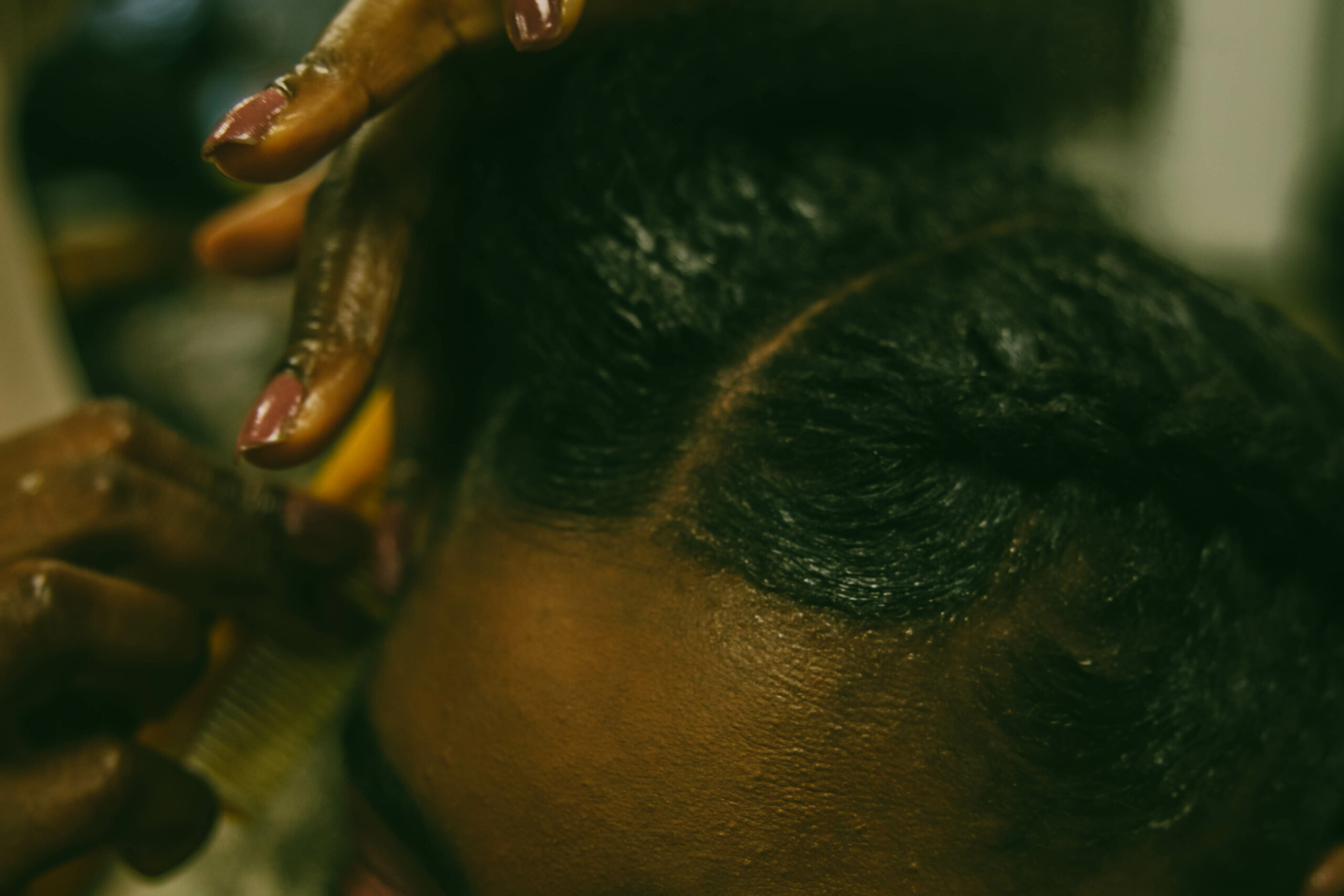
Photography by Yossy Akinsanya / Peckham Palms
Afro Answers: why your hair type isn’t actually 4C and how to stop hair loss
Trichologist Ebuni Ajiduah is here to save your hair in lockdown by explaining why hair-typing is an inaccurate marketing tool and giving you tips on what to do if you’re experiencing hair loss.
Ebuni Ajiduah
03 May 2020
Lockdown is keeping us all indoors and has given us the time to delve into the ins and outs of our favourite topics. There is so much misinformation on hair and my DMs have been swamped with questions. As always, the aim is to shed a little light on WHY we do certain things so we don’t fall victim to nonsense.
Why can’t I figure out my hair type?
It has become the norm for those with afro hair to introduce themselves by their hair type, sometimes even before their name. A group of naturals linking up sometimes reminds me of a scene from an AA meeting where everyone in the circle has to say hello: “Hi, I’m Ebuni and I have 4B/C hair.”
The number/letter system was popularised in 1990s by Andre Walker, Oprah’s hairdresser. On his website today, each type is given a brief explanation, then linked to products in his range suited to the identified “needs”. Basically, a great marketing tool.
His take on hair typing has already faced much scrutiny. Much to the dismay of the tighter-curled or kinkier naturals, certain factions were missing and via contributions to hair forums, they created additional 3/4C groups. Since then, naturals have adopted this guide and even extended it further – adding 4D/E and Z.

Image via AndreWalker.com
Now, when addressing hair care needs, many will specify by hair type and even suggest products, as Andre did. This is where the problem arises. While similarly textured hair with the same physical characteristics do share some attributes, this is often not enough to determine appropriate care. Plus as many people will notice, all heads can have several different hair types and absolutely nobody has time to be using several different products for each area.
What is more important than hair type, are the other descriptors, as these will help in selecting the most appropriate products and guide hair care practices. Questions to ask are whether your hair is dry, coloured, fine or dense. You want to address the needs of your hair first rather than perceived curl patterns. For example, if you have a dry scalp and coloured hair, you may want to use an anti dandruff on your scalp and colour-specific products on your hair.
What can I do to prevent hair loss?
Experiencing hair loss can be an isolating and scary time. Black women are hit especially hard by the common ailment. When hair loss in the black community is discussed, the focus is mostly on traction alopecia, which can occur due to tension of tight, frequently worn styles, particularly around the hairline (this is also why I called my podcast “snatched edges”).
It makes matters worse as black women are often not believed when they present to medical professionals, so many are fobbed off when seeking help or are dismissed. I have spent many consultations teaching clients about how to twang the system and get the help they require from doctors ranging from blood tests to dermatology referrals. If you experience hair loss here are a few things you should do
The first port of call should be to contact a professional – and I’m not just saying that because I’m a trichologist! Most people don’t view hair loss as a medical condition, but it is. This is often a symptom of other developing issues and contrary to popular belief is not always self-inflicted.
The first stop may be your GP, however, time and expertise (in hair conditions) are limited and you may be turned away. Try to push for blood tests at least as this can highlight common issues like nutritional deficiencies or hormone imbalances.
Seeing a trichologist or dermatologist out of pocket can be a strain on finances but being armed with the correct information will save you time, money and hopefully your hair follicles in the long run. When choosing a trichologist, make sure they are registered with a governing body as this means you can trust that they have certain standards to follow. Places like The Institute of Trichologist or the International Association of Trichologist list their members so you can get a feel for them beforehand.
Another step is taking pictures and keeping a hair diary. It can be hard to monitor progress on a day by day basis, so taking pictures of the area in question, or amounts of hair loss, can paint an accurate picture of exactly what is going on and help your chosen practitioner. It can also be a real boost to look back and see improvements as the journey can be a slow one. In most cases, hair loss can be a slow and gradual process so you have to expect the same during treatment. Talk to your chosen professional about timescales so you have realistic expectations.
The final, and perhaps most important step is to stop all hair styling. It seems obvious but many people will throw their hair in a “protective style” such as braids or wigs at the first signs of hair loss rather than address the problem head-on. While in some settings these styles can be protective, they can easily cause damage which can lead to additional loss or worsening of symptoms. If you can, try to wear your own hair as much as possible in simple styles such as 2 strand twists, loose puffs, bantu knots or if alternatives must be used, items such as the wig fix can protect hairlines and secure your wigs, and Ms Hair fibres can fill in areas of hair loss.
Both are black British brands and both do a great job of either camouflaging or preventing further damage.
This is part of the Afro Answers column. If there are any afro hair questions you would like answers to in a future column, email them to charlie@gal-dem.com with the subject line “Afro Answers”









